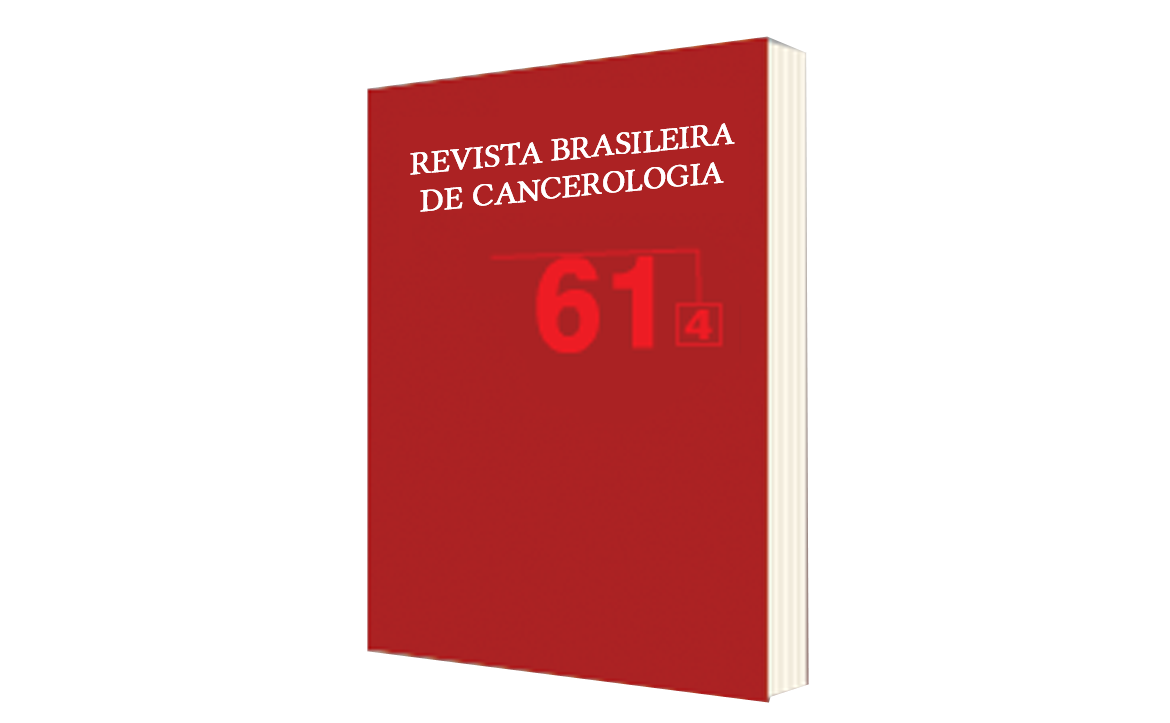Therapeutic Interventions in Fungating Wounds: Case Reports
DOI:
https://doi.org/10.32635/2176-9745.RBC.2015v61n4.232Keywords:
Skin Ulcer, Neoplasms, Oncologic Nursing, Palliative Care, Case ReportsAbstract
Introduction: Fungating wounds (FW) are formed by the infiltration of malignant cells in the skin structure, with local invasion, which occurs as the result of uncontrolled cell proliferation. The signs and symptoms such as odor, pain, bleeding, itching and exudate are observed with great frequency. Objectives: This study aimed to describe the nursing interventions employed to decrease the signs and symptoms of FW. Cases report: This is a series of two cases followed during the dressing change for evaluating FW in relation to staging and symptoms. Different dressings were used according to the characteristics of each FW. The odor was controlled with charcoal dressings, chlorhexidine gluconate 4% and metronidazole. To absorb and contain exudate, we used calcium and sodium alginate fiber and absorptive dressings with charcoal. The bleeding was controlled with sodium and calcium alginate fiber and petrolatum gauze. The pain was measured and controlled by analgesia. Conclusion: FW have individual characteristics and need specialized attention. The association between distinct dressing choices can decrease signs and symptoms.









